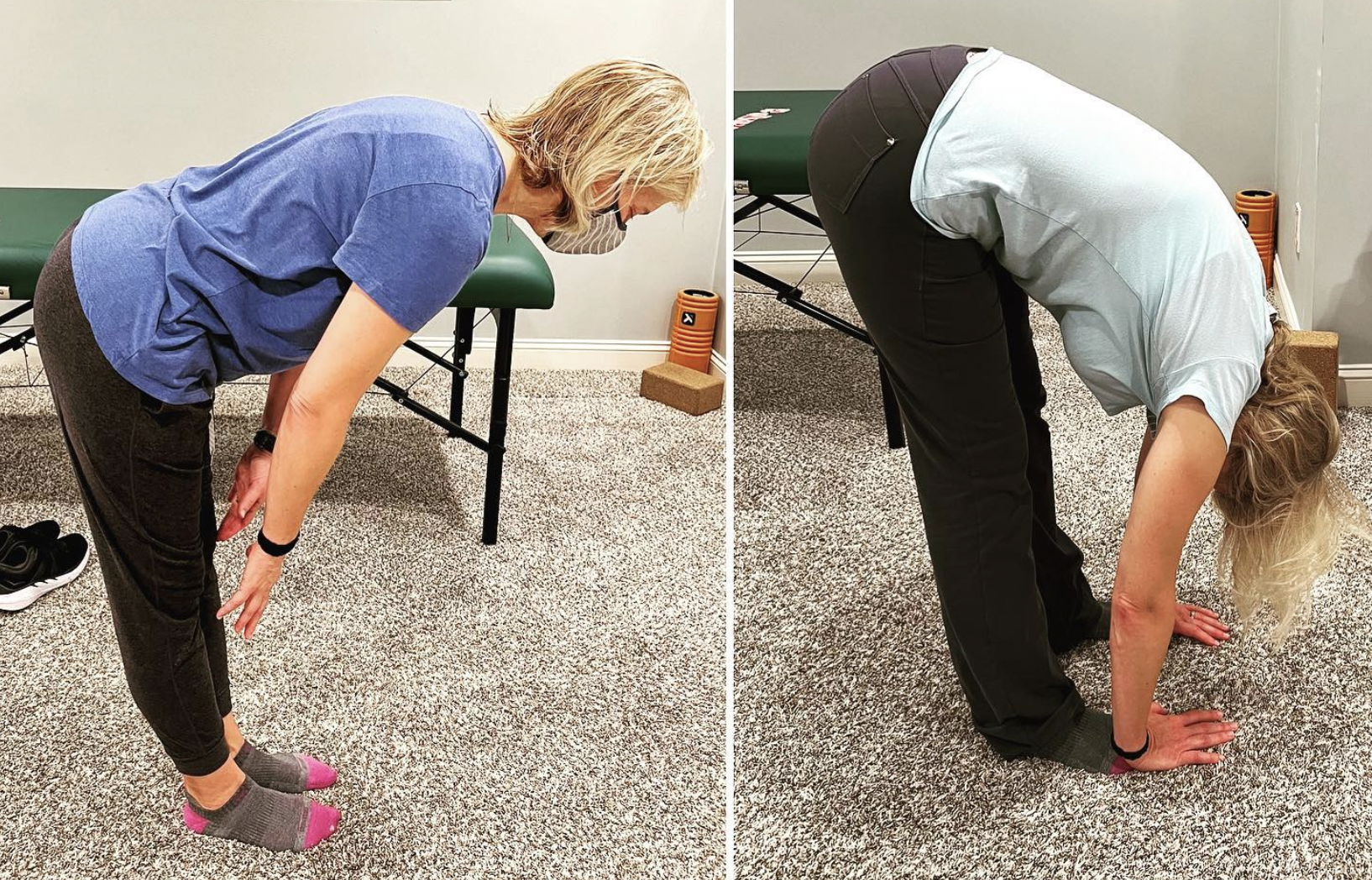
L pic Monday – R pic Friday
–
Tuesday, Wed, Thursday patient was given a new strategy to try at home in engaging her diaphragm during inhalation.
–
Movements were given as homework that allowed for safe bending at the spine/lower back rather than just bending at the hips.
–
Teaching her how to posteriorly rotate her pelvis and inhale and fill her thorax properly without using her neck muscles to assist in inhalation was game changer for her lower back pain!
–
If your nervous system doesn’t feel safe to move – it will NOT let you move & will put on the brakes.
–
She said her hamstrings always felt ‘tight.’
–
Don’t think so! #totalptnj
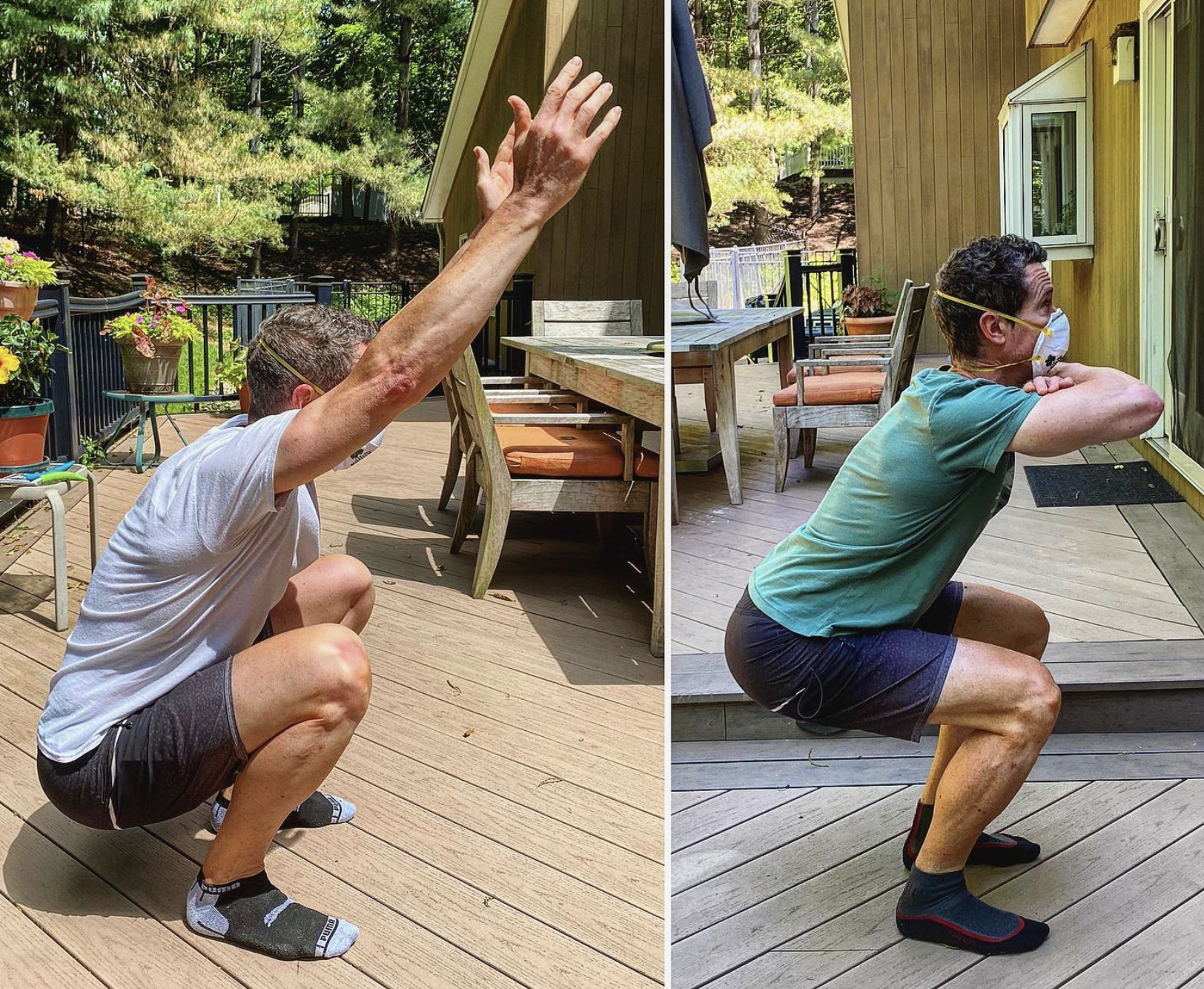
Why 🤷♂️ do we need to improve a poor squat pattern if someone is complaining of significant neck pain?
–
Why 🤷♂️ do some people who have ‘tight hips’ also have a tendency of having chronic neck pain?
–
The above ⬆️ has a lot to do with your breathing. 💨 SHOCKER! Inhalation & exhalation does not only occur in the chest & thorax. –
Your pelvic floor muscles expand & contract during breathing too. Some of those pelvic floor muscles also control your hip rotation and stability.
–
If your pelvic floor does not move appropriately during breathing, you will need to breathe more with your chest & shoulders to make up for the lack of movement down below. –
Enter neck pain stage left
–
Do you have neck pain❓Do you know someone who does & can’t shake it❓ #movehealchange
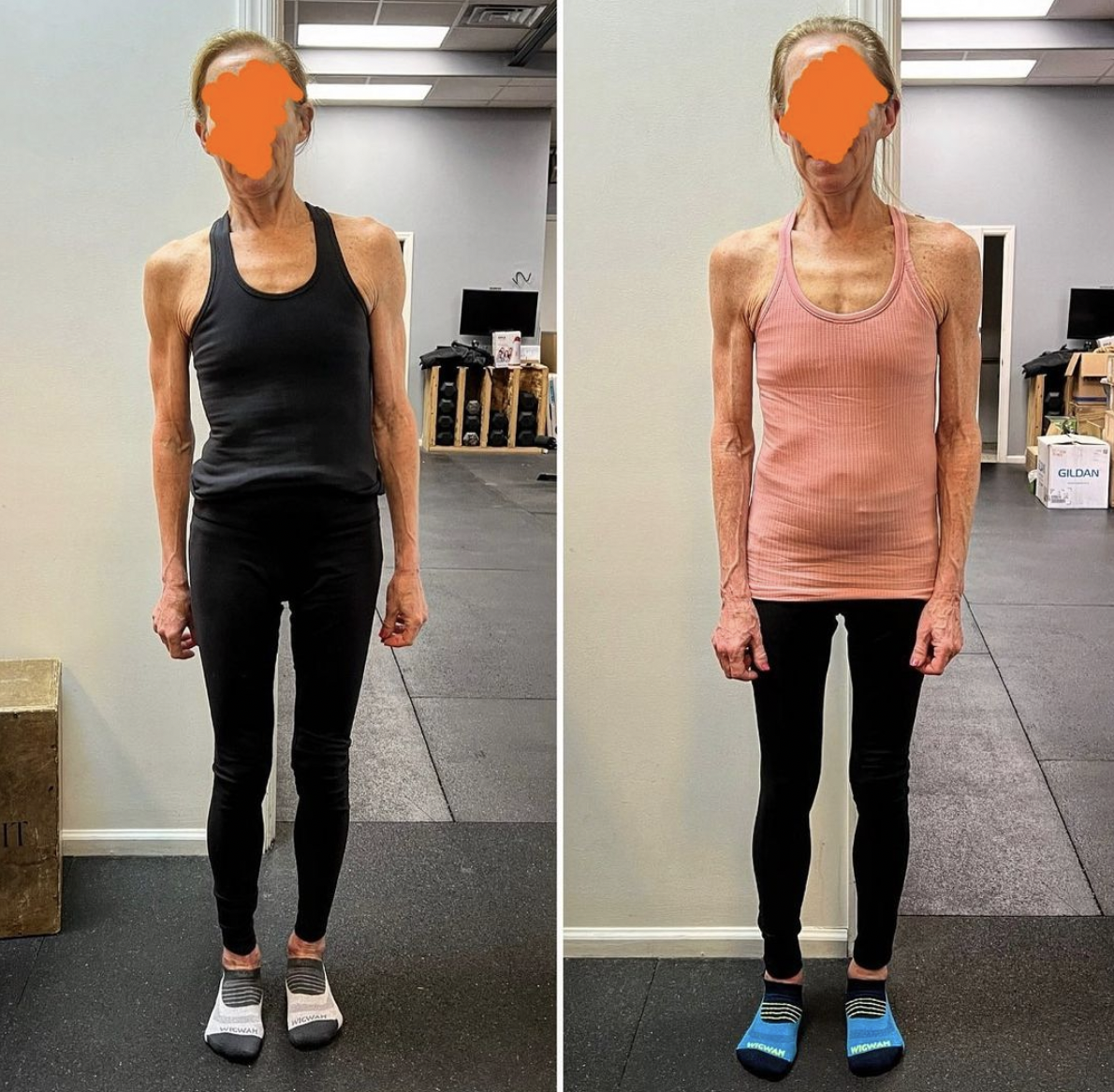
Very active patient with 2 year history of R hip pain that will not go away
–
Multiple orthopedists, specialists, MRI’s, CT Scans, Ultrasounds, physical therapy, PRP injections, cortisone shots, NSAID’s, etc. no better!
–
First session I asked her if she knew that she was leaning ‘a bit’ to the right. She had no idea. She’s lived in her body her whole life & has simply adapted to this lean and she felt perfectly straight & level.
–
Gave her a sense of her L side with several @posturalrestoration reposition exercises (gave her L abs, inhibited her R abs & expanded her R thorax.) Sent her home with 1 reposition drill to do.
–
2nd pic is 5 days later at the beginning of her session. She felt about 50% better for the first time in 2 years. A wee bit of a change no?
–
When you stand do you tend to lean a bit forward/back? Do you tend to lean a bit to the L? lean a bit to the R? Do you sense your heels when you stand? Are your toes gripping the ground for no reason? Think you should know the answers to these questions? #totalptnj #movehealchange
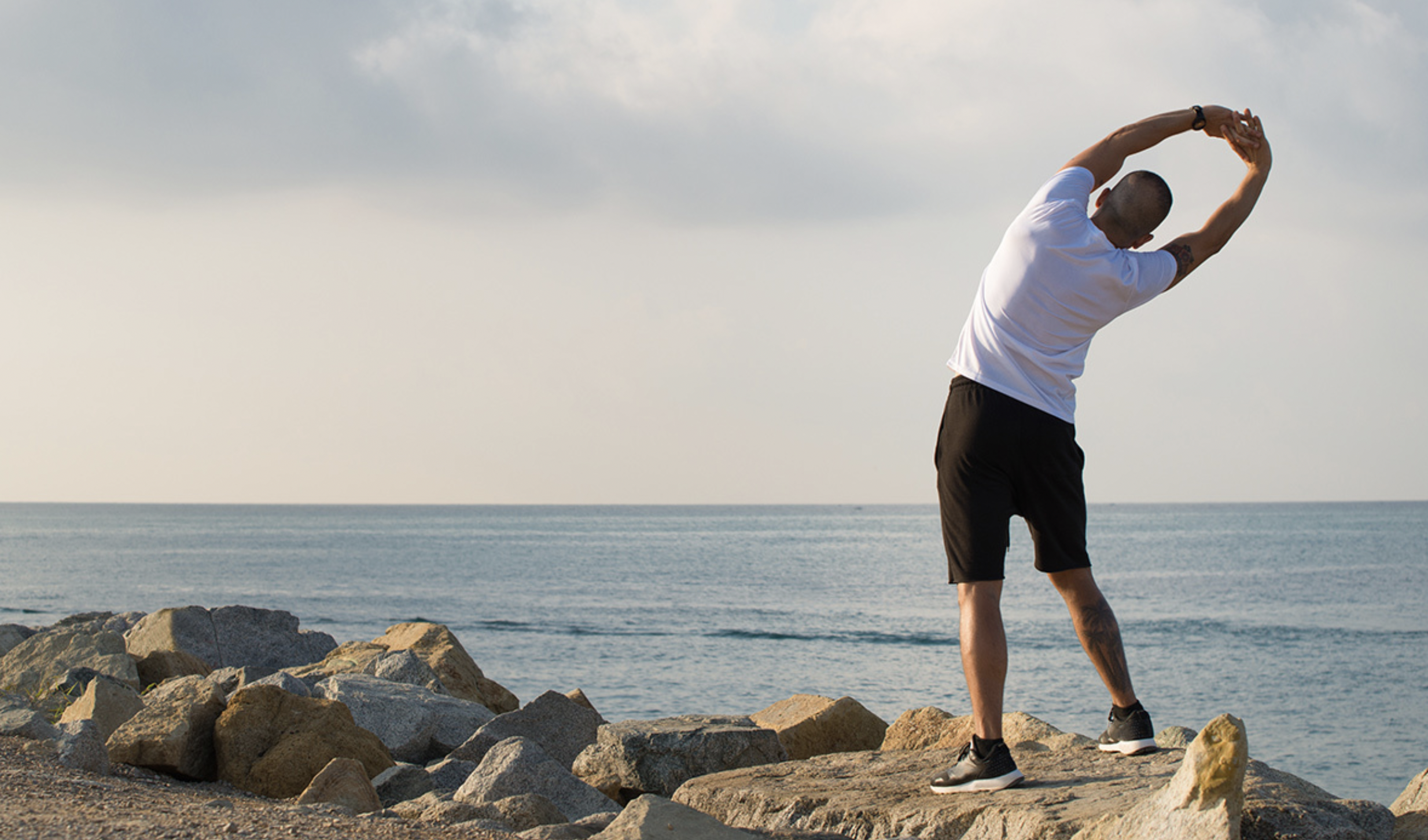
Dr. Dimitry Polyakov quickly assessed my herniated disc issues, including a major spinal shift, and prescribed a sampling of exercises from multiple philosophies (PRI, McKenzie, DNS & another i don’t remember, but worked the best!). He is the MMA master of PT philosophies, fully versed in all techniques that are effective, and it was clear to me he sets aside time to keep up with newer philosophies as they become proven.
He was able to get me to fully recover in about 6-7 sessions over the course of about 6 weeks, which was remarkable. He does a great job video-recording the exercises and utilizing the cloud to allow access during the week so you can do the exercises between sessions. Dimitry is a passionate coach, and has some elite athletes as clientele. While he is not the least expensive PT per session, if you value your time, I argue he will get you results in much fewer sessions compared to standard PT centers. So long as you are disciplined and do your homework between sessions, overall cost of recovery probably the same. Highly recommend Dimitry!
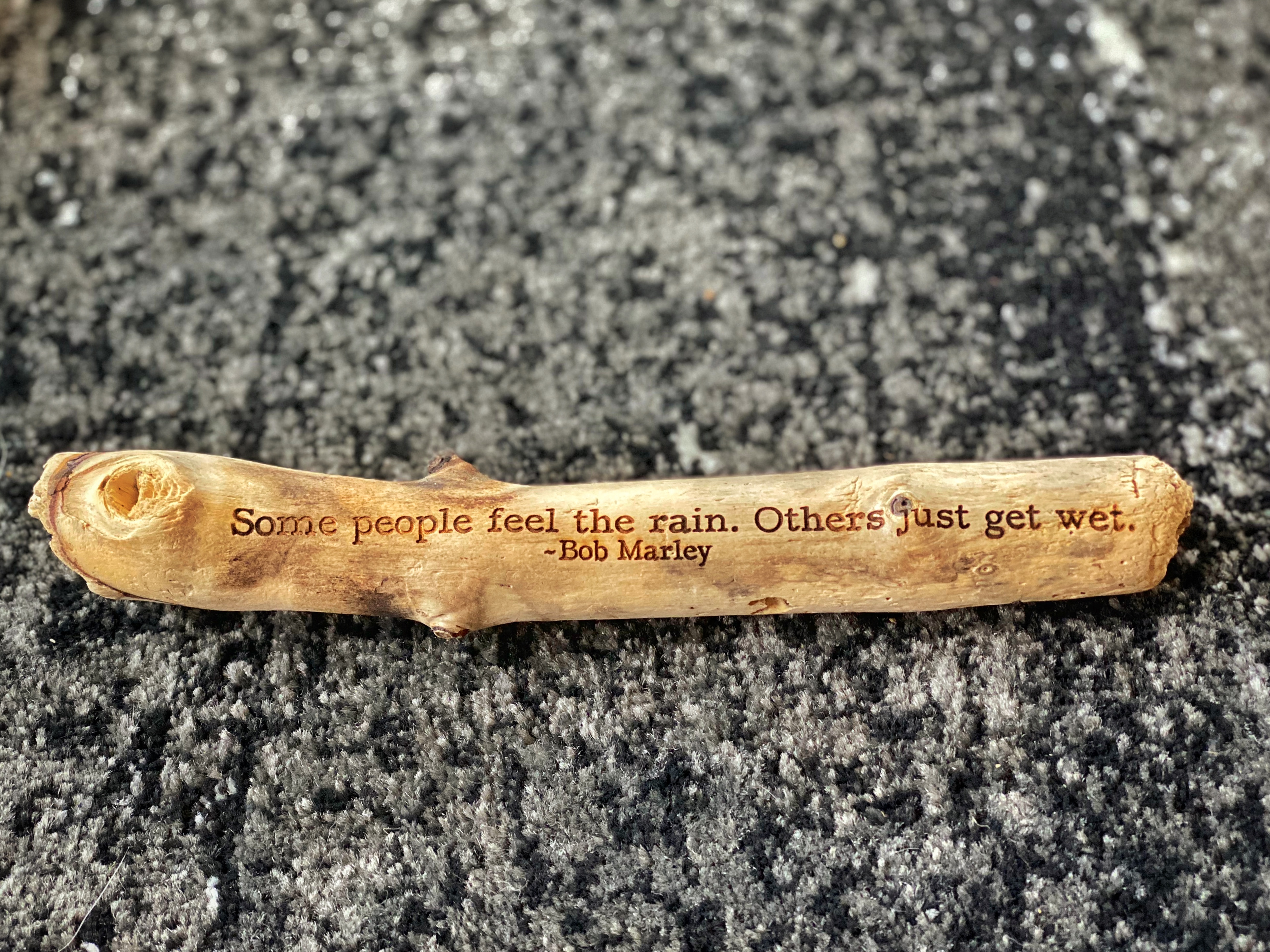
I acquired this piece of driftwood about 1 year ago when my wife and I took a trip to Sonoma, California for a short holiday away. Couldn’t walk away from the quote that was burned into the wood! Around the same time that we were there, the fires started. Those fires brutally ravaged the state of California and destroyed so so much. But California recovered, California moved on. Strong leadership, resilience on behalf of the people & time healed so much.
–
Perspective is everything in times like these. Yes – what we are going through is bad to say the least. Acceptance & adaptation is hard during this time, but absolutely necessary in order to be able to put one foot in front of the other. It’s necessary to be able to create positive change in the face of something that is trying to tear us down. The other side of this proverbial coin I would rather keep face down.
–
I’d like to think that we can take advantage of these times in some way. All of us (including me) have had the narrative of not having enough time to take care of ourselves prior to this virus situation. This quarantine is not exactly a vacation as we have responsibilities for working remotely from home, schooling our children remotely, taking care of the home as now everyone has congregated indefinitely inside our walls, etc,. But it’s pretty safe to say that, generally most of us do have the fortunate luxury of having just a bit more time for ourselves than we did prior to this debacle.
–
Take advantage. We know the healthier you are, the better your response to this virus. Social distancing is a given of course. Walk briskly outside. Go hiking. Ride the stationary bike if you have one. Get on the treadmill if you have one. Breathe better. Learn how to position yourself in ways that increases your ability to exchange oxygen with less resistance and more mobility. If you have questions on what you can do to help improve your ability to breathe better – DM us. We have a few tools you can use immediately
–
Perspective! #movehealchange
If you find yourself navigating home workouts and exercises on your own, remember there are always variations and modifications that will help YOU get the most out of the movements.
Here are some different ways to perform the dead bug compiled into one video, sped up.
Scroll down to see the individual variations at regular speed and read on to see reasons WHY you should modify!
#1 Regular Style, Opposite Arm/Opposite Leg
#2 Short Lever, keeping the knees bent
#3 Reach with weights
#4 Reach with band
#5 Wall Push
#6 Wall Pull
Why should you vary this movement?
-
Loss of position (back arching, pelvis moving)
-
Pain during motion
-
Abdominal strain (especially during pregnancy, postpartum or with diastasis recti)
-
Coning/doming (bulging of your abdominals)
Which version is best?
-
The one you feel the most control during
-
The one you feel the abdominals engage the most during
-
The one you are most successful during
-
The one that challenges you the most without any negative events
During this current COVID-19 outbreak that we are all going through – we now all know that the primary problem with this form of coronavirus is it’s impact on the respiratory system.
One of the main differences between the symptoms of COVID-19 and the flu or other types of viruses is it’s ability to create shortness of breath as a primary driver for hospitalization. Simply put – it makes it more difficult for you to breathe.
We decided to put this little video together to show you how we can breathe into the back of our thorax/ribcage and through the backs of our lungs – a region that is highly underutilized when we breathe normally.
When we are stressed we breathe primarily through the front/top of our ribs and chest and also use excessive anterior neck muscles to raise the chest. This is called apical breathing. What that does is reduce your ability to inhale and fill the back of your ribcage and/or the back portion of your lungs. This tissue becomes rigid over time and starts to limit your capacity to expand through the back of your thorax. Take a look and please reach out with any questions. #movehealchange
Total-PT opened it’s doors over 18 years ago. Back then we were doing much more hands-on work and much less overall movement. Times have changed and so have we. 18 years of movement science advancement has led to many changes in our field. Today we are much more focused on the quality and position of your movement. We are much more focused on how you breathe in your positions.
90% of our time spent with each client is NOT us touching them, but us educating, instructing and watching how they move. Check out the video for details . . . and the newest addition to our ‘pack!’
A quick explanation of what Total-PT virtual physical therapy sessions look like and how it all works. What do we cover during the initial session? What does movement instruction look like? How do you perform your exercises at home? How do you access your videos? How do we progress from one session to the next? All of this is answered in this short video. Please post any questions in the comments section and I would love to answer any and all questions. Please reach out via email, text or phone. Cheers everyone!!
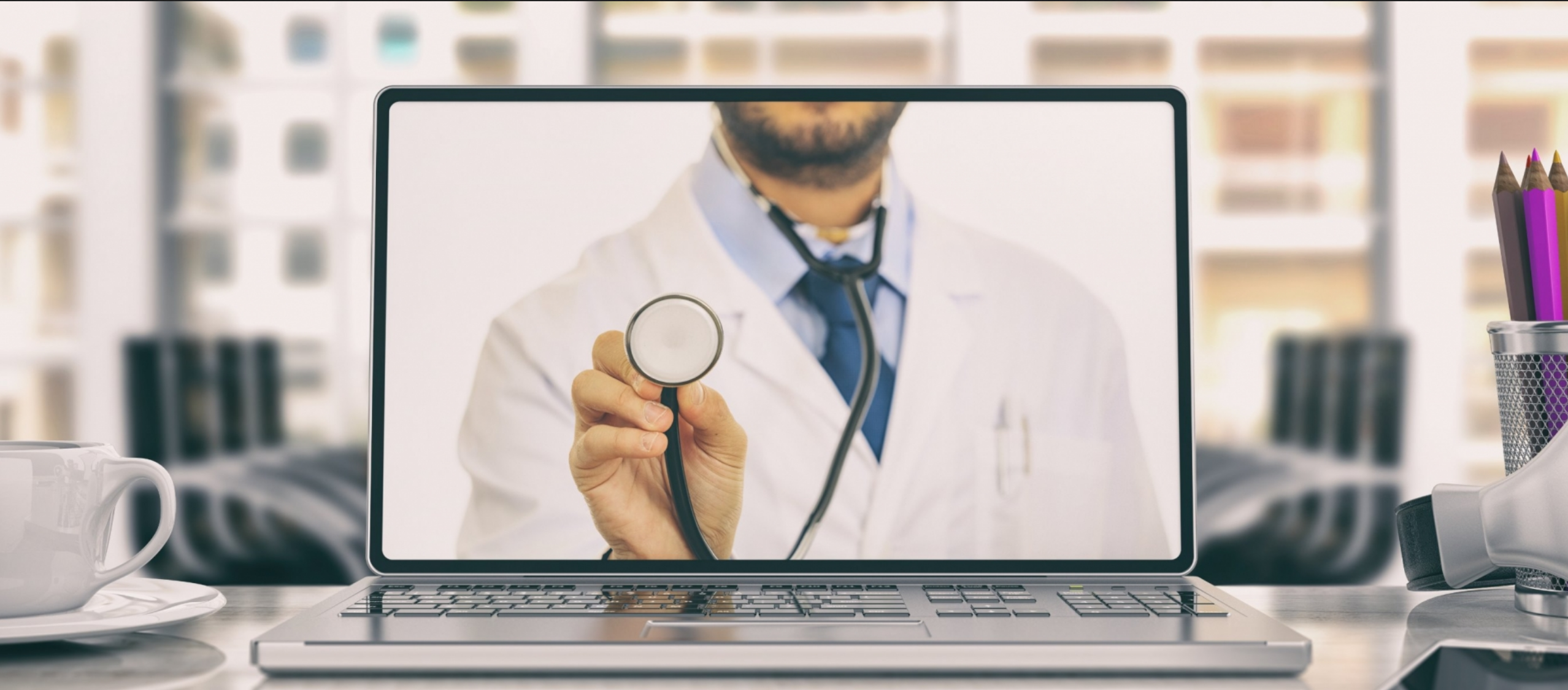
Several months ago, we had a few patients reach out to us from as far away as Texas and Virginia to inquire if we were able to somehow assess and treat them ‘virtually’ via Skype or Facetime or another means of tele-health communication. We were able to successfully accomplish this task with surprisingly wonderful results.
Through a very thorough medical intake, lengthy conversation regarding history of movement impairments, medical interventions, medications, etc., we were able to come up with a subjective history that was quite comprehensive. A virtual objective assessment was then conducted by having the patient move as directed on the other side of the screen. Gait analysis was conducted and a modified SFMA (selective functional movement assessment) was also conducted to screen for movement impairments as well as postural deviations and patterned movement faults. Trunk rotation, pelvic position, foot and knee mechanics during single limb stance and gait were also observed and documented. Other assessment modalities were used as well in conjunction with the above. In all, we were able to create a very thorough and complete picture of the patient objectively and come up with the accurate diagnosis and treatment protocols to put in place that did not involve manual intervention.
Over the course of 4-6 virtual/on-line sessions and through the use of cloud-based software, videos were created and shared with the patient as the sessions progressed. We were able to take our patients through a progression positions, movements, breathing patterns, anti-gravity to full gravity positions. Through a comprehensive treatment program that was walked through with each client and then videotaped and uploaded to our cloud-based video system, we then shared these videos with our patients who then were able to see themselves our us in the video moving the way they’re supposed to move in order to create amazing results with reductions in pain, increases in range of motion and strength. Progress was made and each client felt better by the end of each session. More importantly, they all had a plan that was 100% executable by themselves without us needing to manually intervene. Through constant communication and continued patient support, their ability to sustain a high level of compliance was a pleasant surprise and led to very successful outcomes.
That was then and this is now. THIS is the present-day Coronavirus (COVID-19) reality that is ‘Social Distancing.’ Appropriate government (local/state & federal) quarantine initiatives have (hopefully very temporarily) changed the landscape for every American citizen. Physical therapy services have had to close their doors due to the ease of community spread of the virus. Now physical therapists will need to adapt and pivot their services to the current situation and begin to offer ‘virtual’ or ‘tele-health’ services that I discussed above.
How successful or sustainable can this be on an ongoing basis? Will insurers reimburse for web-based/tele-health/virtual Physical Therapy services? What do the next 4 weeks or 4 months have in store for us with regard to the prognosis of COVID-19 virus containment with the US and worldwide. When will be able to go back to our business and lives as we lived them before this outbreak? None of us can honestly give you that answer today. Most small private practices (like ours) do not have deep bank accounts and ‘fall-back’ mechanisms in place to not be severely impacted from a financial standpoint. Being a service-based business means that if there is no service being performed, there is no income coming in. The formula is not complicated. The question remains simple as well: How long can each small private practice survive without income?
Total Physical Therapy has always offered tele-health services to their patients as an alternative for clients that cannot get to our offices. Now it is exactly these tele-health services that will become a necessity if we want some or most of our businesses to survive in the present-day environment. Through the use of social media, cloud-based services and the internet as a whole, our capacity to adapt to the current state of affairs is at a tipping point. By educating the public on the ability to offer virtual/tele-health physical therapy rehabilitation services that are successful in their end-product/outcome is going to be vital in the short term. We do have several patients that we are currently working with via virtual-PT and so far, so good. We will keep you updated as this evolving scenario unfolds. Please reach out if you have any questions/concerns regarding this post. We are always here for all of you and are more then willing to chat at length.
